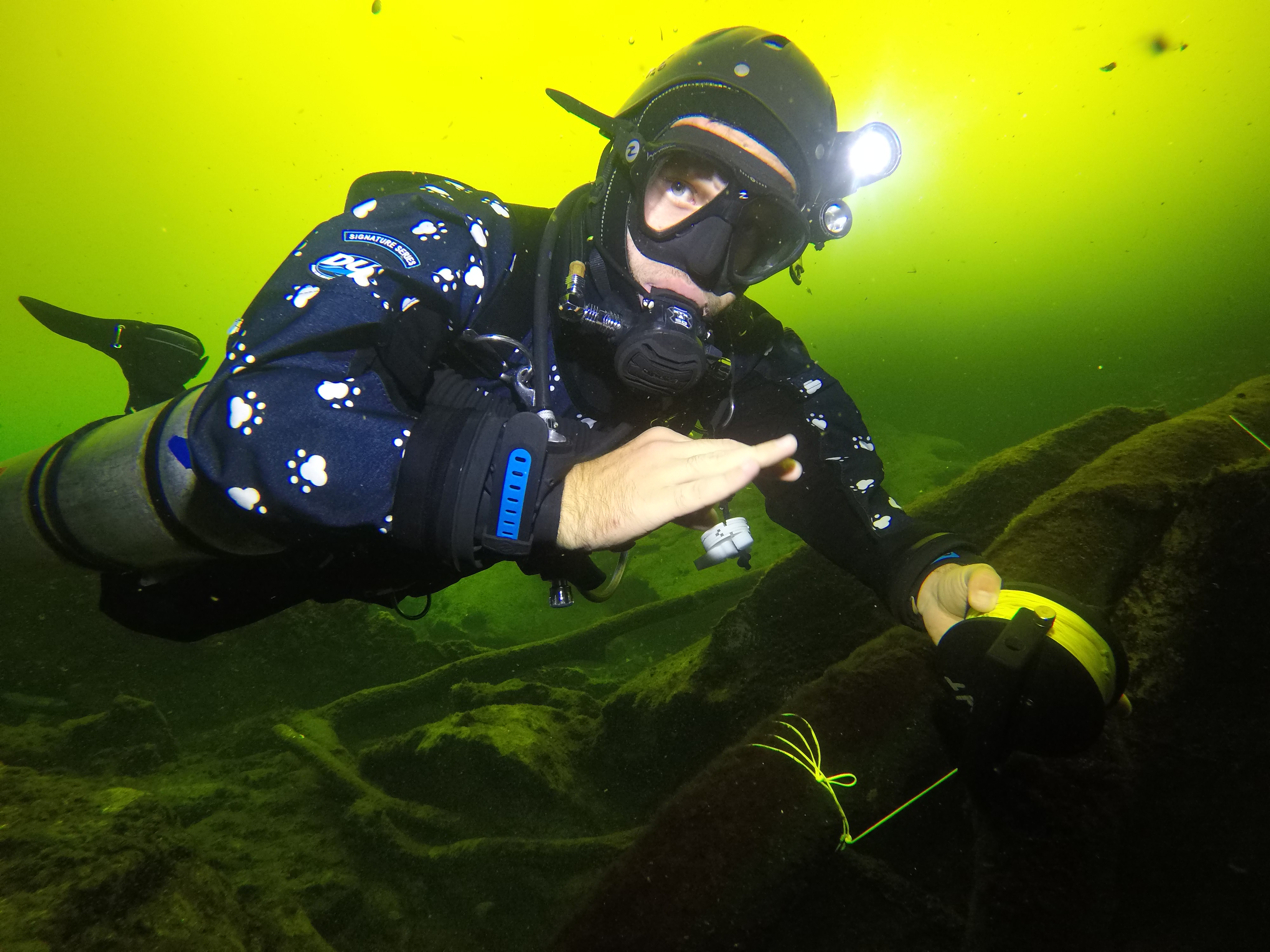My next leap took me to the island of Abaco in the Bahamas, where I commenced an intensive 11-day training with Brian Kakuk from Bahamas Underground for diving in caves. Caves had been calling me for a while now, and since my first dive in a cenote a couple of years back I was certain that caving, both dry and wet, would easily become a passion of mine. But I was unaware that cave diving has its own niche, and that this type of diving is far from anything I would imagine. There is only a small number of caves that have been seen in the world, making this activity one of true exploration. And this thrill for discovery and adventure is certainly at the heart of every dedicated cave diver.
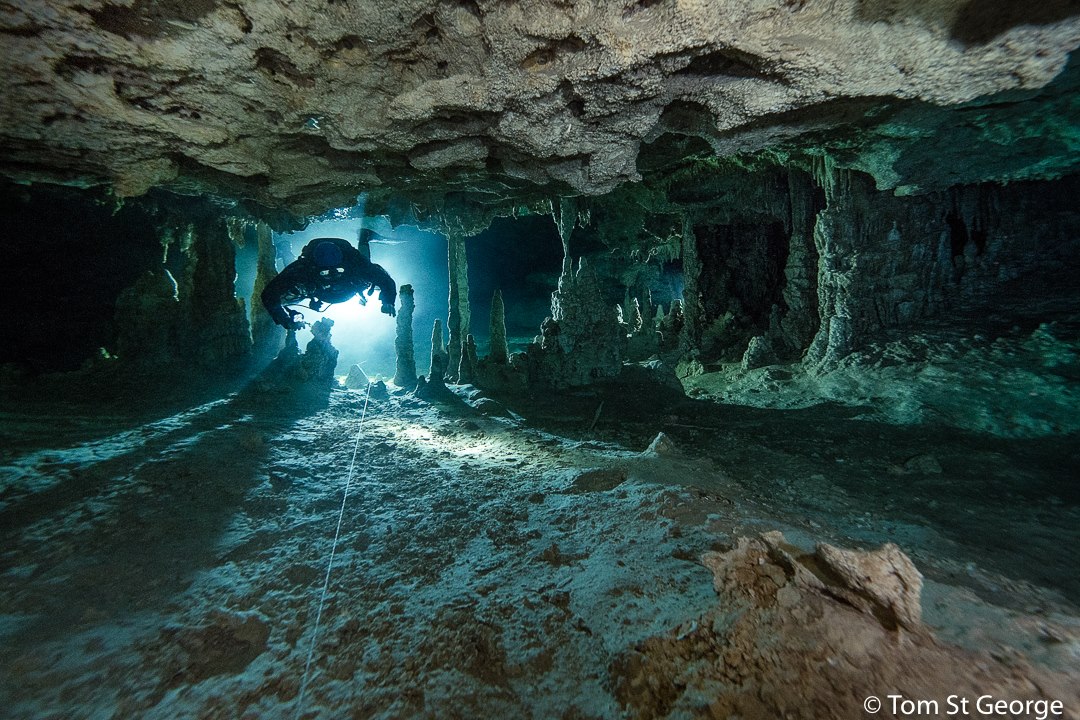
But following the cave diving path is not easy. All of a sudden you are at the mercy of a sport you think you understand, but you only really begin to discover upon training. Indeed it is diving, but doing so in caves demands a skill set that not many divers have. The equipment is different, the rules change significantly and the diving is unlike any usual open water immersion. So my training begins with a warning that cave diving is not for everyone and should not be promoted as your average recreational activity. Diving the overhead environment is of an immensely risky nature, but for those eager to learn the training exists, and with this in mind I plunge into my first training session knowing that I would have to learn to dive all over again.
I had my longest dive yet, consisting of about 2 hours and 15 minutes. Here I got a feel for what diving with two sets of tanks, one on each side, was all about. I got to test my balance, my buoyancy and my trim all while being task loaded with other things. We went over kicks, how to deploy reels and practiced diving with our eyes completely shut. These were all challenging and exciting exercises for me, but I guess I didn’t really understand their use until we finally went into the cave. You see, in the cave you are entering a zone of major restrictions. Utter control of yourself both mentally and physically is needed, not only for safety but also to avoid damaging the cave system you are in. Suddenly there is no direct access to the surface. You begin relying completely on your life support equipment: your lights, your gas, your line and above all, your skills and intuition. Caves can be really challenging. Some may have flow, others might be cold and some may require you to squeeze through small passageways. Which is why the training focuses on being able to avoid complications that might evolve into greater risks in the future. And when task-loaded this is no easy thing.
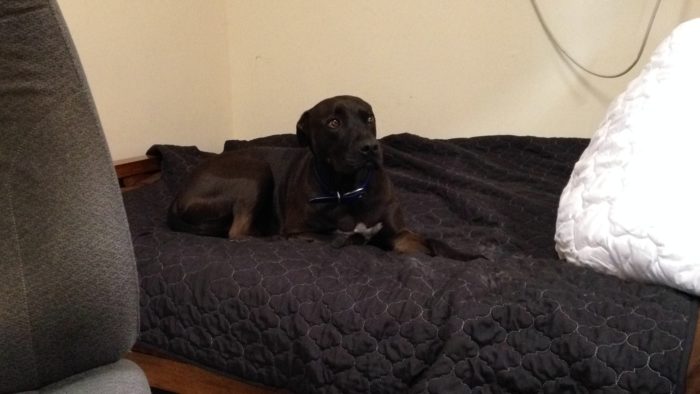
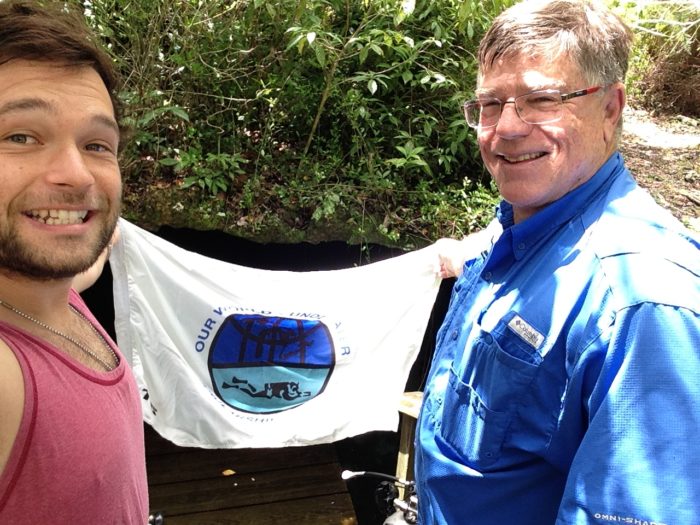
But lucky for me, Brian is one of the most experienced cave divers in the world, and an overall outstanding human being that has devoted his life to the protection of cave systems in the Bahamas. Training with someone that truly understands the caves and knows how to convey his appreciation for their imposing beauty really ignites a spark in someone that has a young flame for exploration. And one of the most rewarding components of my training was to learn the importance, struggles and benefits of preserving these mysterious ecosystems for science, heritage and community. The caves of Abaco have left me with a fin beneath the earth keen to continue my training and feed my desires to explore.
So after finally completing my training I made a jump to the homeland and arrived at the Yucatán peninsula, where former NA Rolex Scholar Chris Milbern (2016) invited me to learn about his mega scanning project with Virtual Wonders. I would get a first-hand glimpse of the practical applications of photogrammetry, a skill I had been eager to practice. The team at Virtual Wonders has been creating virtual scans of some of the most outstanding and ancient human constructions and their work in the Riviera Maya was aiming to digitalize the wonder of Chichén Itzá, one of the many remains of ancient Mayan civilizations. But to scan the complexity of an entire Mayan city conveying its entirety in all detail is a job that demands numerous hours, precision and patience. Yet the opportunity to participate even only in the tiniest of scans made me acknowledge the value that this job has both for archaeology and exploration, a very gratifying feeling I must say.


So along I go grasping my newfound thrill for exploration right into the mouth of Xibalbá – the underworld – submerged in the doors of cenotes. I arrived at Tulum where I was received by Claire and Lanny Vogel, the two organizers of a fantastic event called Cave Camp, which gathers enthusiastic cave divers from different places in a hub for exploration, training, learning and mingling. Cave Camp was the best way to continue gaining experience in the overhead environment, as I met the friendliest of campers and reconnected with previous instructors and friends.
My first days were spent practicing skills with instructor Jon Kieren, of KIEREN Technical, who literally took me under his wing and showed me my very first Mexican caves. Caves have different reputations in different parts of the world, and people had warned me that I had entered this sport already spoiled from witnessing the caves of Abaco, but by no means did this impede me from moments of awe into some of the most decorated, white and crystal sightings I had yet seen. The caves in Mexico change dramatically from cenote to cenote, and being able to see so many of them in a condensed period of time made it evident to acknowledge the differences. One of my favourite sensations of diving in these caves was the clear division between saltwater and freshwater, the famous halocline, which can best be admired within these tunnels. Suddenly you feel like you are swimming between two different fluids that are clearly distinguishable and very malleable. The halocline is easily disturbed and creates this wake of blur which can be daunting for some, but also incredibly eerie to watch mix and diffract light.


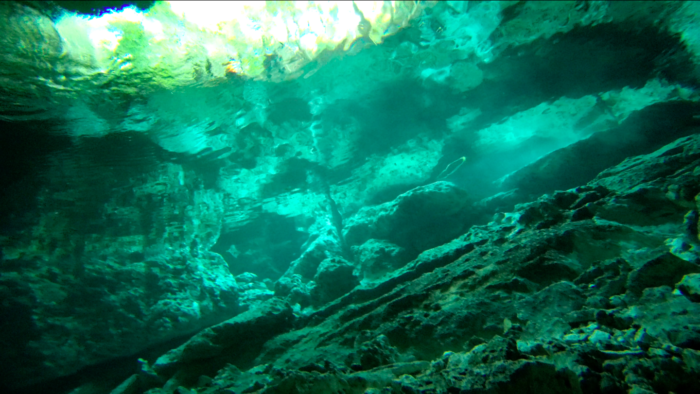
Jon also invited me to a lighting workshop with Katy Fraser, the mastermind behind She Dives Tech, who was experimenting with lights to set up her new project. She taught us the basics of lighting, where to place the lights, what to light up and how to manipulate the colors. It’s unbelievable how much depth and features you can bring out in a cave when playing with lights. Katy has also been an avid explorer of the jungle for the past year or so and as such has received great support from sponsors to feed her creative endeavors.

Cave camp also provided the space to listen to some of the most interesting of explorers: those that dive in flooded mines, that trek through the jungle or even the desert in search for new caves, the ones that find bones of ancient animals and humans, and the ones who are innovating the tools that are used for mapping and surveying. Additionally, there are several opportunities to try different gear, caving configurations and even different activities like freediving. In my case, I was very eager to test out my breath-holding skills and to my surprise my breath-holding time was much longer than I expected.

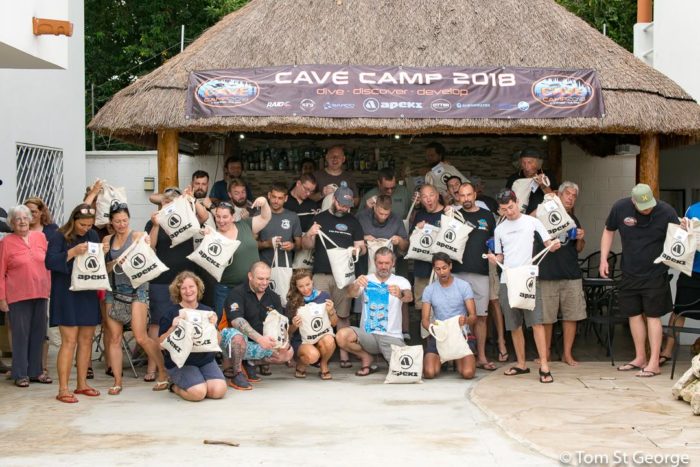
If that wasn’t enough, the participants of Cave Camp receive an incredible amount of prizes and ‘goodie’ bags courtesy of the sponsors of the event. It was great to see how the cave diving community is strong and receives an amazing amount of support from different sponsors and volunteers!
A huge thanks to
Bahamas Underground
Claire and Lanny
She Dives Tech
KIEREN Technical
